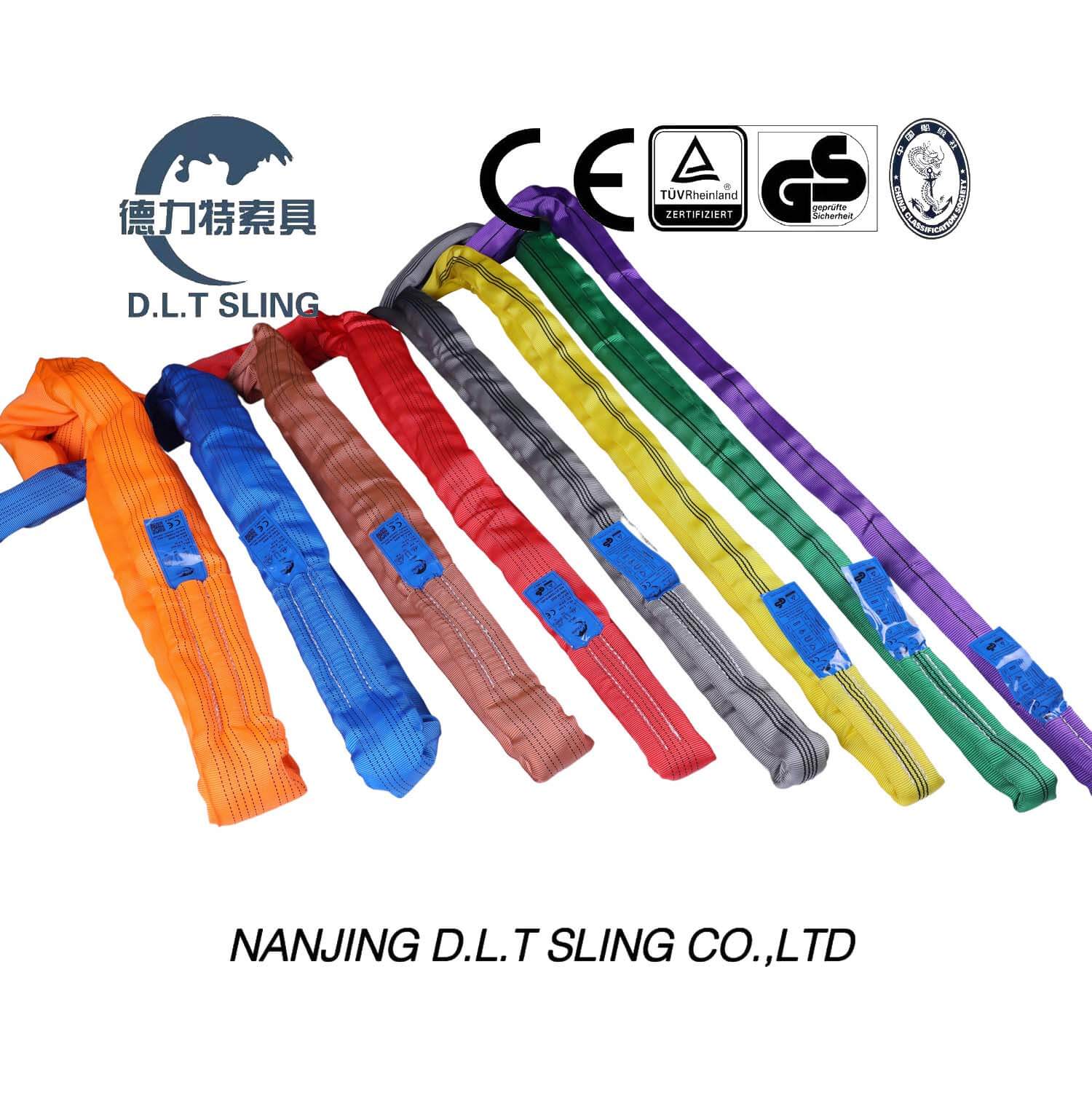Selecting the appropriate sling for lifting and rigging operations is a critical decision that directly impacts safety, efficiency, and the integrity of the load. With various types of slings available in the market, it's essential to understand how to determine the most suitable sling for a specific task. In this blog post, we will explore the factors to consider when choosing the right type of sling.
Assessing the environment and working conditions is vital for sling selection. Consider factors such as temperature, moisture, chemicals, and exposure to sunlight. For example, in industries where chemical exposure is common, using slings made from materials resistant to chemical corrosion may be necessary. Understanding these conditions will help determine the appropriate sling material and coating options to ensure durability and safety.
The weight of the load is a crucial factor in determining the type of sling to use. Different slings have different load-bearing capacities, and it is important to select a sling that can safely handle the weight of the load. Additionally, consider the load's shape, size, and stability. Irregularly shaped or fragile loads may require slings with specific features such as padding or extra support to prevent damage.
Consider the load's attachment points and the compatibility of the sling with those points. Different slings have different attachment methods, such as eye-and-eye, endless, or multiple-leg configurations. Ensure the sling's attachment method matches the available load attachment points for a secure and stable connection.
The flexibility and maneuverability requirements of the load should be taken into account. If a load needs to be lifted or moved in tight spaces or around obstacles, a flexible sling such as a webbing or round sling may be more suitable. These slings offer greater maneuverability and can conform to the shape of the load, making them ideal for complex lifting operations.
Compliance with relevant safety regulations and standards is paramount. Ensure the selected sling meets the necessary industry standards and certifications for safe lifting operations. Familiarize yourself with the regulations specific to your industry and geographic location to make an informed decision.
The intended lifting application plays a significant role in sling selection. Different types of slings are designed for specific lifting applications. For example, chain slings are suitable for rough and abrasive environments, while wire rope slings offer high strength for heavy-duty lifting. Understanding the requirements and limitations of the lifting application will help determine the appropriate sling type.

Determining the type of sling to use requires careful consideration of multiple factors. By evaluating the weight and characteristics of the load, the environmental conditions, flexibility requirements, attachment points, lifting applications, and compliance with safety regulations, you can make an informed choice. Always prioritize safety and consult with lifting and rigging professionals or manufacturers to ensure the selected sling is appropriate and safe for the intended lifting operation.